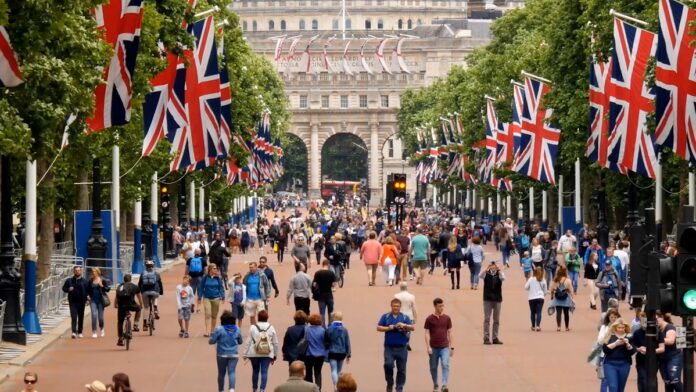
Some UK towns keep getting bigger. Others stay steady but still rank high. London is at the top. No city comes close.
You will see familiar names. You will also see a few that may surprise you.
This is the full list. Every city here has over 100,000 people. Population size shows where people live, work, and build their lives in 2025. Let’s go through the numbers.
These Are the Biggest Cities in the UK
| Rank | City | Population |
|---|---|---|
| 1 | London | 9,840,742 |
| 2 | Manchester | 2,832,585 |
| 3 | Birmingham (West Midlands) | 2,704,617 |
| 4 | West Yorkshire | 1,956,474 |
| 5 | Glasgow | 1,718,941 |
| 6 | Southampton/Portsmouth (South Hampshire) | 966,741 |
| 7 | Liverpool | 928,997 |
| 8 | Newcastle upon Tyne | 834,242 |
| 9 | Nottingham | 819,334 |
| 10 | Sheffield | 756,783 |
| 11 | Bristol | 720,052 |
| 12 | Belfast | 651,982 |
| 13 | Brighton-Worthing-Littlehampton | 632,475 |
| 14 | Leicester | 575,352 |
| 15 | Edinburgh | 563,534 |
| 16 | Bournemouth/Poole | 526,845 |
| 17 | Cardiff | 495,378 |
| 18 | Coventry-Bedworth | 454,584 |
| 19 | Teesside (Middlesbrough) | 397,527 |
| 20 | Stoke-on-Trent (The Potteries) | 396,812 |
Cities by Region – Where Are the Biggest Populations?
Population size shows more when you break it down by region. England holds most of the urban weight. Other nations show clear patterns, with one or two dominant cities.
England – Overwhelming Urban Majority
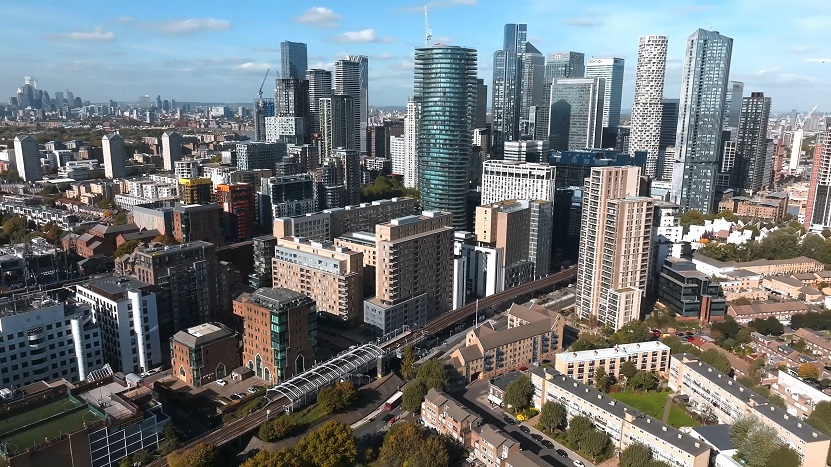
England has 16 out of the top 20 most populous urban areas. It includes every city with over 2 million people.
Growth spreads across the north, midlands, and south. London, Manchester, Birmingham, and West Yorkshire lead the way. Several mid-sized cities such as Nottingham, Sheffield, and Bristol continue to rise.
The interesting fact is that London has more than two times fewer people than Sao Paulo, the most populous city in South America.
Scotland – Two Major Hubs
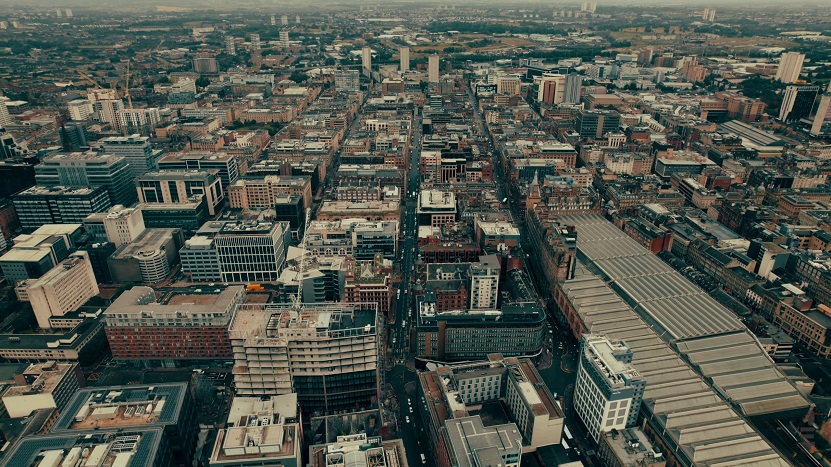
Scotland holds 2 of the top 20. Glasgow and Edinburgh are the clear leaders. Both show consistent growth.
Other Scottish towns fall below the top 20 line but still anchor the country’s economy and culture.
Wales – Steady but Small Share
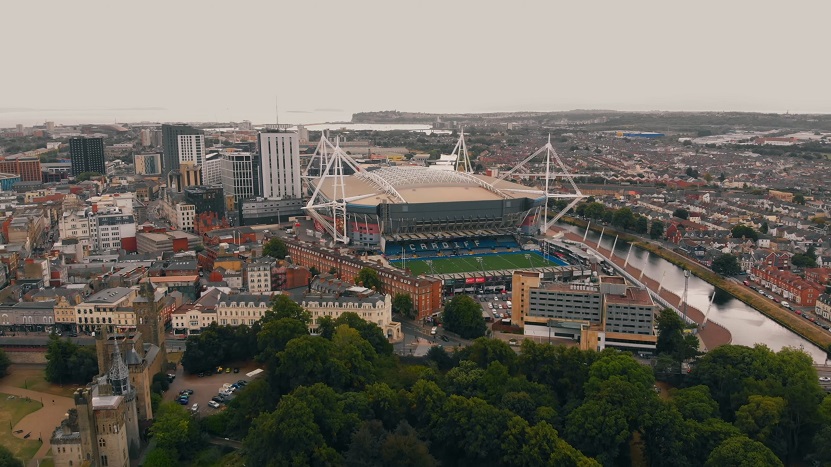
Wales has 2 cities in the top 30. Cardiff and Swansea remain the largest urban areas.
Growth is slower compared to England, but both cities continue to hold regional importance in government, education, and services.
Northern Ireland – One Core City
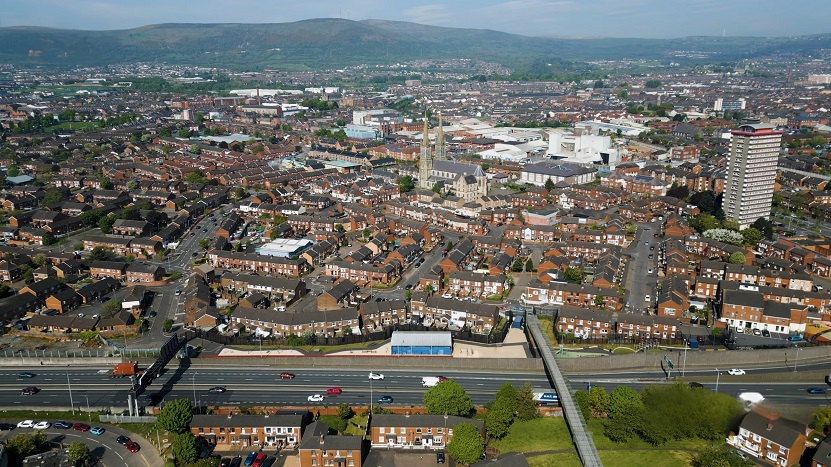
Northern Ireland places only one city in the top rankings. Belfast continues to hold over 650,000 residents. No other urban area in Northern Ireland comes close to that scale.
City Growth Trends – What Changed in One Year?
Urban growth does not always follow a straight line. Some cities gained tens of thousands of new residents in a single year. Others grew at a slower pace but still held strong positions. The numbers below reveal which cities changed the most between 2024 and 2025.
Towns with the Largest Population Increases
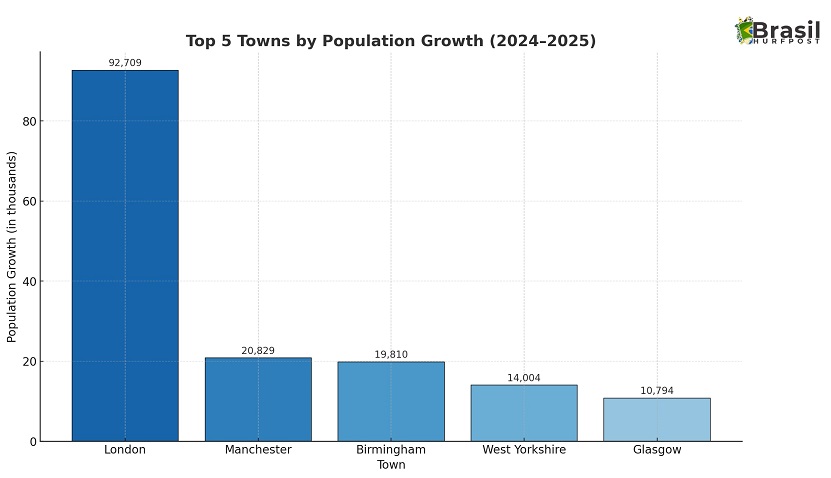
London grew more than any other UK town. Manchester and Birmingham followed closely.
What Drives the Growth?
People move where opportunities grow. That shows clearly in the way UK towns rise in population. Each major town draws people for different reasons. Here is a direct look at what drives that movement.
Job Markets Pull New Residents
- London, Manchester, and Birmingham offer the most jobs across finance, tech, and public sectors.
- West Yorkshire and Glasgow also show steady hiring in healthcare, logistics, and education.
University Hubs Attract and Retain Youth
- Towns like Nottingham, Sheffield, Edinburgh, and Bristol hold large student populations.
- Many students stay after graduation due to jobs and housing options.
Lower Costs in Medium Towns
- Coventry-Bedworth, Preston, and Stoke-on-Trent offer lower rent and transport costs.
- These areas attract young families and workers priced out of larger cities.
Port Towns Remain Key
- Liverpool and Southampton continue to hold strong due to ports, trade, and maritime jobs.
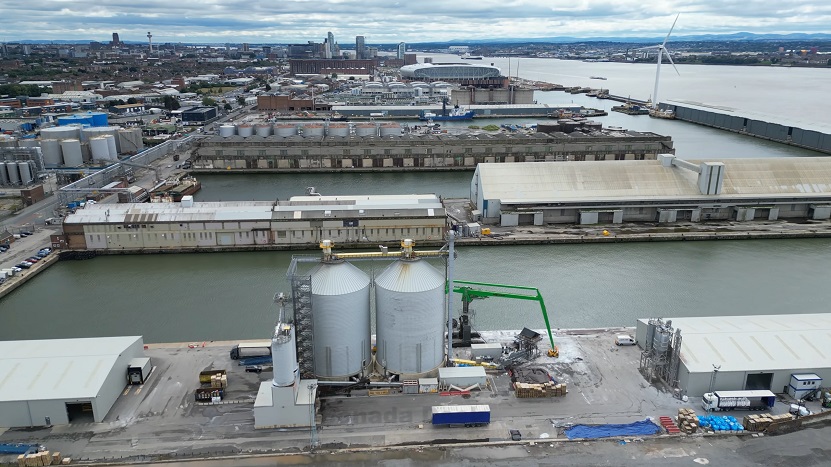
Fastest Growing Cities – By Percentage Change
Growth percentage shows momentum, not just size. Smaller cities with fast increases often turn into future hotspots. Here are the fastest growers between 2024 and 2025:
| City | Growth Rate (%) |
|---|---|
| Coventry-Bedworth | 1.06 |
| London | 0.95 |
| Bristol | 0.86 |
| Edinburgh | 0.87 |
| Brighton-Worthing Area | 0.79 |
Urban vs Rural – Where Do Most People Live?
The UK holds a clear urban pattern. Most people live in large towns and cities. Rural populations keep shrinking.
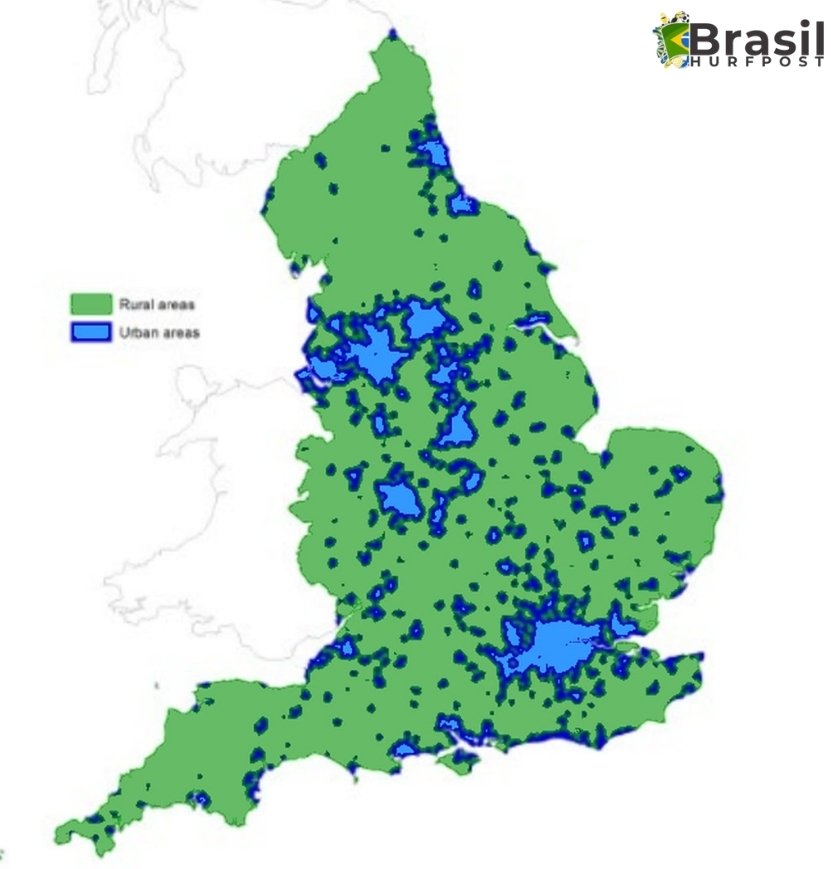
Urban Share of the Population
- Around 85% of UK residents live in urban areas.
- Fewer than 15% now live in rural settings.
FAQs
Which UK city has the highest population density?
London has the highest population density in the UK. Inner London areas such as Islington, Camden, and Kensington have the most people per square kilometer.
Are UK towns growing due to births or migration?
Migration is the main driver in most cities. International arrivals, along with internal movement across regions, adds more people than births in many urban areas.
Do coastal cities grow slower than inland ones?
Not always. Some coastal cities like Brighton and Bournemouth grow steadily. Others, like Blackpool, show slower growth due to limited housing and job markets.
What is the youngest city by average age?
Cities with large student populations—such as Nottingham, Leeds, and Manchester—have the lowest average ages due to university enrollment and graduate retention.
Bottom Line
The population growth of UK towns shows clear patterns. London holds its lead by a wide margin. Manchester and Birmingham follow with strong numbers. Other cities rise for different reasons—jobs, housing, students, or transport.
Each region tells its own story. Urban areas continue to grow. Rural areas continue to shrink. The numbers reflect where people want to live, work, and build their future.
Population shifts are not random. They follow jobs, education, and access. The map may not change fast, but the trends are easy to see.
Read Next – Brazil Population in 2025
















